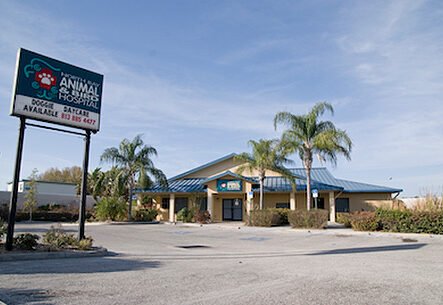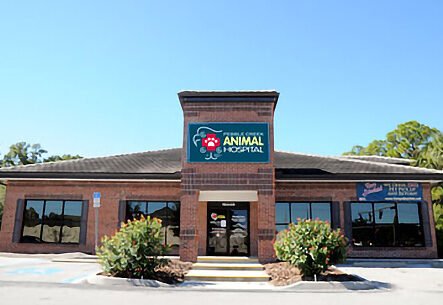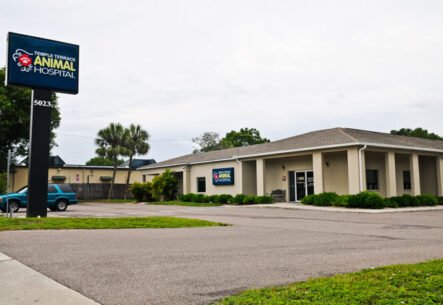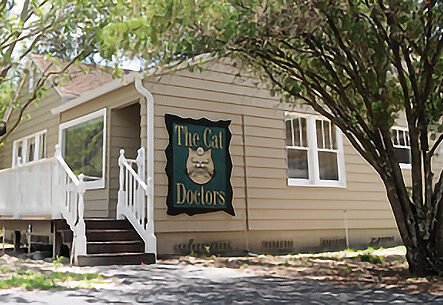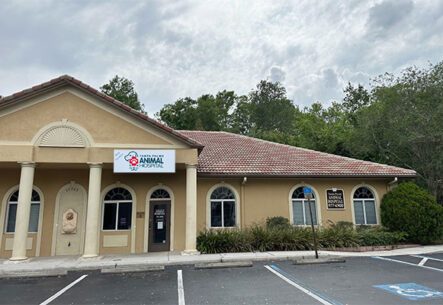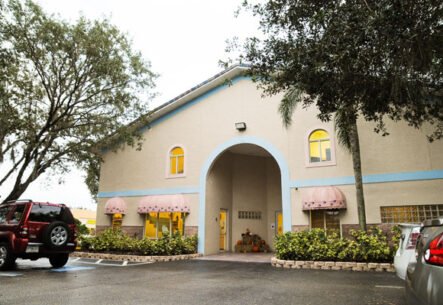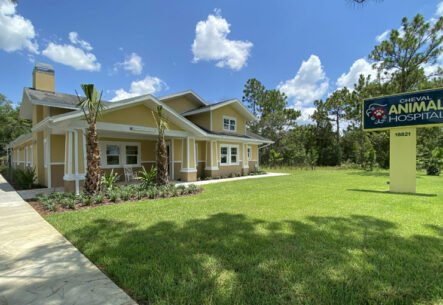Lovebirds
Lovebirds are intelligent, relatively nondestructive birds that can make entertaining companions for families. They are mischievous birds that like to hide, such as under paper, in shirt pockets or in long hair. They are generally poor talkers, but they can easily learn tricks. Single lovebirds in the home can be relatively quiet and may be affectionate, although some adult birds may be nippy. In a colony situation, however, lovebirds do not live up to their name, as they are territorial and may kill new additions or weak birds that behave erratically (including youngsters).
Vital statistics
- Body length: 5-7 inches (12-18 cm)
- Body weight: 38-56 grams
- Age of sexual maturity: 8-12 months
- Maximum life span: 12 years
Is your Lovebird a male or a female?
Although a few lovebird species have distinct gender characteristics, males and females of the most common pet birds look very similar; therefore, endoscopy or laboratory methods must be used for sex determination. Lovebirds are prolific breeders in captivity, and the offspring are easy to hand-raise.
Are Lovebirds tame?
Young, hand-raised lovebirds are calm and adapt readily to new surroundings and handling procedures. They should be exposed early in life to novel situations (car travel, hospital visits, multiple visitors in the household, other household pets) so that they are well adjusted to these events. Parent-raised birds are more difficult to tame, but consistent, gentle behavior modification techniques used in larger parrots will result in a bird that is more tolerant of handling.
What do Lovebirds do all day?
Because lovebirds have a very sociable nature, one that is maintained as a single pet would be fine but would tend to bond closely with its human caretaker. In busy families where the time to spend with the bird is limited, a lovebird would be more content in the company of another lovebird. A pair can spend hours preening each other, playing games together and chattering. This companionship helps prevent boredom. Lovebirds can also be easily amused with simple toys. Because they love to chew, any toys must be free of toxic metals, hooks, sharp objects or small, easily consumed components. Providing chew toys or fresh-cut branches from nontoxic trees is recommended for lovebirds. Check with local authorities for recommendations of safe trees.
How to identify your bird
One method used to permanently identify your lovebird in case of loss or escape is for your avian veterinarian to inject a custom microchip under the skin. Although individually numbered leg bands or rings may be applied, this method is unreliable and may result in potential damage to the bird.
Why the wings should be clipped
Lovebirds that are allowed unrestricted freedom in the home can encounter numerous physical dangers or toxins; therefore, wing clipping is recommended. The goal of clipping the wings is not to make the bird incapable of flight, but to prevent it from developing rapid and sustained flight and to prevent escape. Maintenance trimming is required 8-12 weeks after the start of a molt cycle.
How to keep Your Lovebird healthy, happy and safe
- Give lots of attention.
- Feed a fresh, high quality, toxin-free formulated diet.
- Limit supplementation to small amounts of chopped, pesticide-free fruits or vegetables.
- Grit is not necessary with modern captive bird diets.
- Provide clean, fresh uncontaminated water.
- Replace food and water containers twice daily to maximize activity in a healthy bird.
- Provide an occasional opportunity for bath, shower or misting (at least weekly).
- Avoid spraying house with insecticides.
Housing for your lovebird should:
- be as large as possible.
- be clean, secure and safe and easy to service.
- be constructed of durable, nontoxic material (avoid zinc).
- contain variable-sized perches made of clean, nontoxic, pesticide-free tree branches.
- have food and water containers placed at opposite ends of the enclosure.
- avoid having perches located directly over food containers.
- contain toys and accessories that are moved around occasionally to prevent boredom and aggression.
- offer occasional opportunity for protected outdoor exposure to fresh air, sunlight (not through glass) and exercise.
Lovebirds are very curious and will investigate anything new in their environment. That is why it is important to prevent their access to:
- ceiling fans
- hot cooking oil
- overheated nonstick-coated cookware
- leg chains
- sandpaper-covered perches
- tobacco and cigarette smoke
- chocolate, avocado, salt, alcohol
- toxic houseplants
- pesticides
- toxic fumes
- easily dismantled toys
- dogs, cats, ferrets and young children
- cedar, redwood and pressure-treated wood shavings
- sources of lead or zinc
- plug-in air fresheners
- heavily-scented candles
What your Veterinarian looks for in a healthy Lovebird
- Dry, open nares
- Clear, bright eyes (no discharge)
- Smooth beak
- Alert, erect posture
- Body free of lumps and bumps
- Smooth, bright feathers without color breaks, transparency or ragged edges
- Even, reptilian pattern on the feet, and nails of appropriate length
Most common disorders of Lovebirds
- Feather and skin abnormalities
- Circovirus
- Self-mutilation
- Bacterial infections
- Chlamydiosis
- Aggression
- Cannibalism
- Fungal infections
- Obstetrical problems (egg binding)
The most common disease conditions in lovebirds are often the result of nutritional disorders. Visiting your avian veterinarian for routine health checks will help prevent many of the above diseases and support you in having a long, satisfying relationship with your lovebird.
Background information
Lovebirds (Agapornis spp.) are small colorful parrots with short tails and relatively broad bodies. Free-ranging birds are found in central and southern Africa. The species most commonly seen in captivity are peach-faced, masked and Fischer’s lovebirds. The peach-faced lovebird is often regarded as the smartest of the three, but the other two have more gentle, pleasant personalities. Although color mutations are highly valued by some aviculturists, the inbreeding required to produce unusual colors has actually resulted in some negative genetic disorders, including decreased disease resistance, reduced longevity and hatching defects.
Courtesy of Zoological Education Network
Tampa, FL 33615 (View map)
Tampa, FL 33647 (View map)
Tampa, FL 33617 (View map)
Tampa, FL 33647 (View map)
